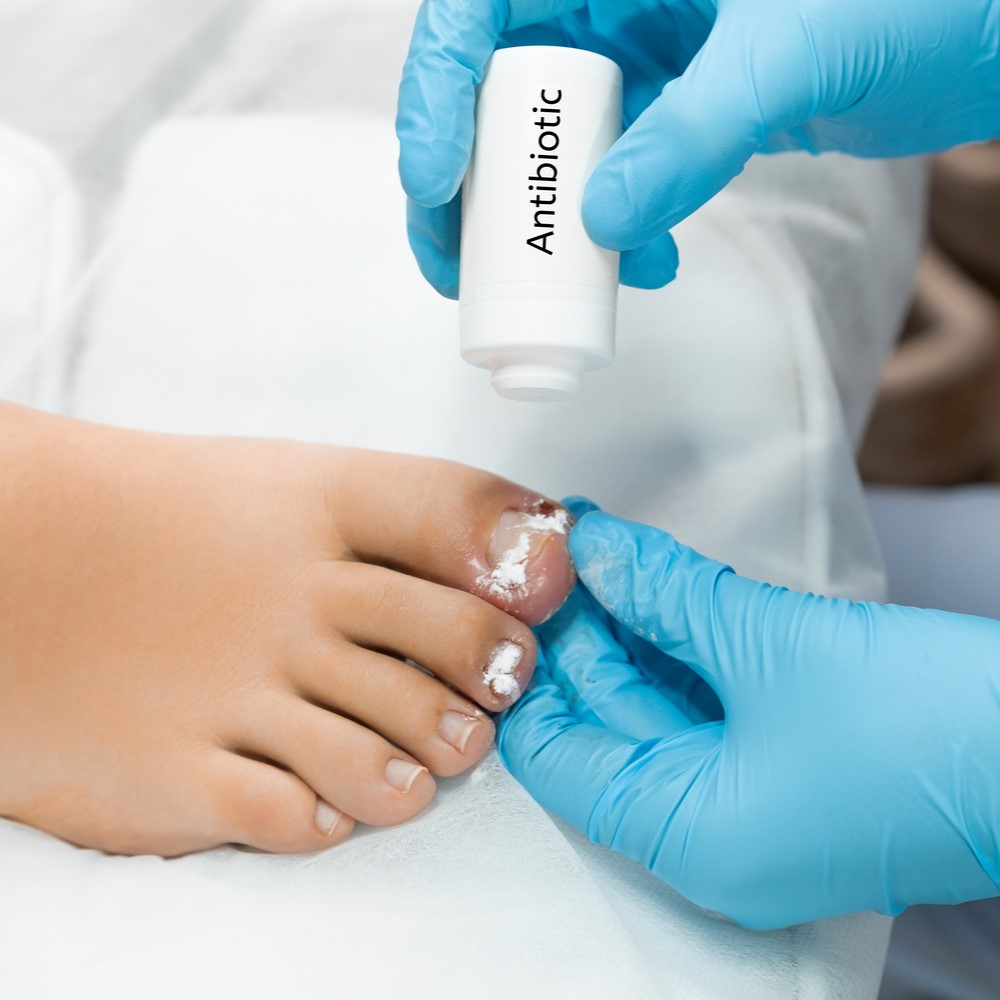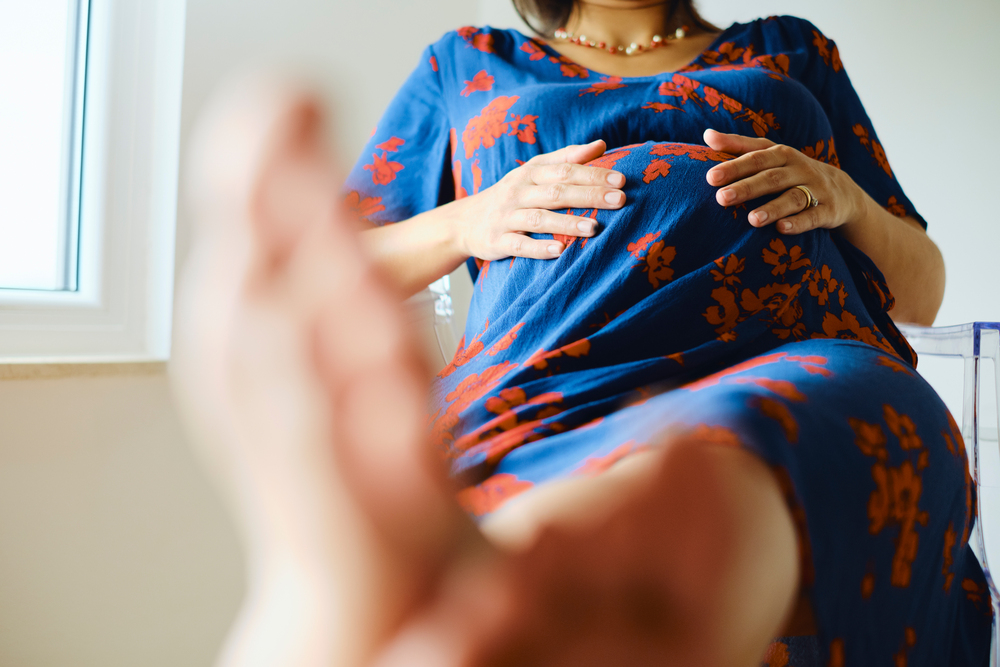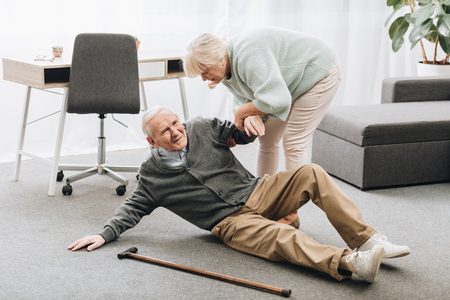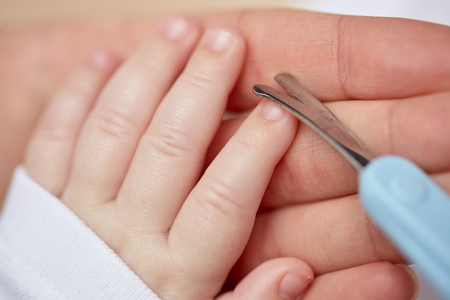Say Goodbye to Swollen Feet After Flying: Expert Tips for Comfortable Travel
Have you ever experienced the discomfort of swollen feet after flying? It’s a common issue many travelers face, leaving their ankles and feet feeling tight and puffy after a long journey in the air. This can certainly put a damper on your arrival, whether you’re starting an exciting vacation or heading back home. Understanding the reasons behind this swelling is key to finding effective ways to prevent and manage it. Why Do Your Feet Swell After Flying? Several factors contribute to swollen feet after flying. The reduced air pressure within the airplane cabin can impact your blood circulation. Additionally, prolonged periods of sitting with limited movement allow gravity to pull fluids into your lower limbs. Dehydration, often worsened by the dry cabin air and insufficient fluid intake during flights, also plays a significant role in fluid retention. Simple Steps to Prevent Swollen Feet During Air Travel Fortunately, there are proactive measures you can take to minimize and even prevent this bothersome condition, ensuring a more comfortable travel experience from takeoff to landing. Imagine stepping off the plane with your feet feeling light and refreshed, ready to explore your destination or comfortably settle back home. Achieving this is easier than you might think! Simple yet effective strategies can make a significant difference in preventing swollen feet after flying. Consider wearing compression socks, which gently support your veins and improve circulation. Moreover, make a conscious effort to stay hydrated by drinking plenty of water before, during, and after your flight. Additionally, try to incorporate gentle ankle and foot exercises while seated, such as rotating your ankles and flexing your toes. When possible, stand up and walk around the cabin for a few minutes every hour to encourage blood flow. Implementing these habits can drastically reduce the occurrence of swollen feet after flying, allowing you to travel with greater ease and comfort. Take Action for Comfortable Flights Don’t let swollen feet after flying ruin your next trip. By incorporating the simple tips mentioned above, you can significantly minimize discomfort and arrive at your destination feeling more energized. Remember to wear compression socks, stay well-hydrated, perform in-seat exercises, and move around the cabin whenever feasible. Take control of your travel comfort and say goodbye to that unpleasant post-flight puffiness! Consult our doctor if you experience persistent or severe swelling, as it could indicate an underlying medical condition.
Say Goodbye to Swollen Feet After Flying: Expert Tips for Comfortable Travel Read More »











